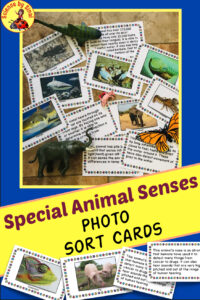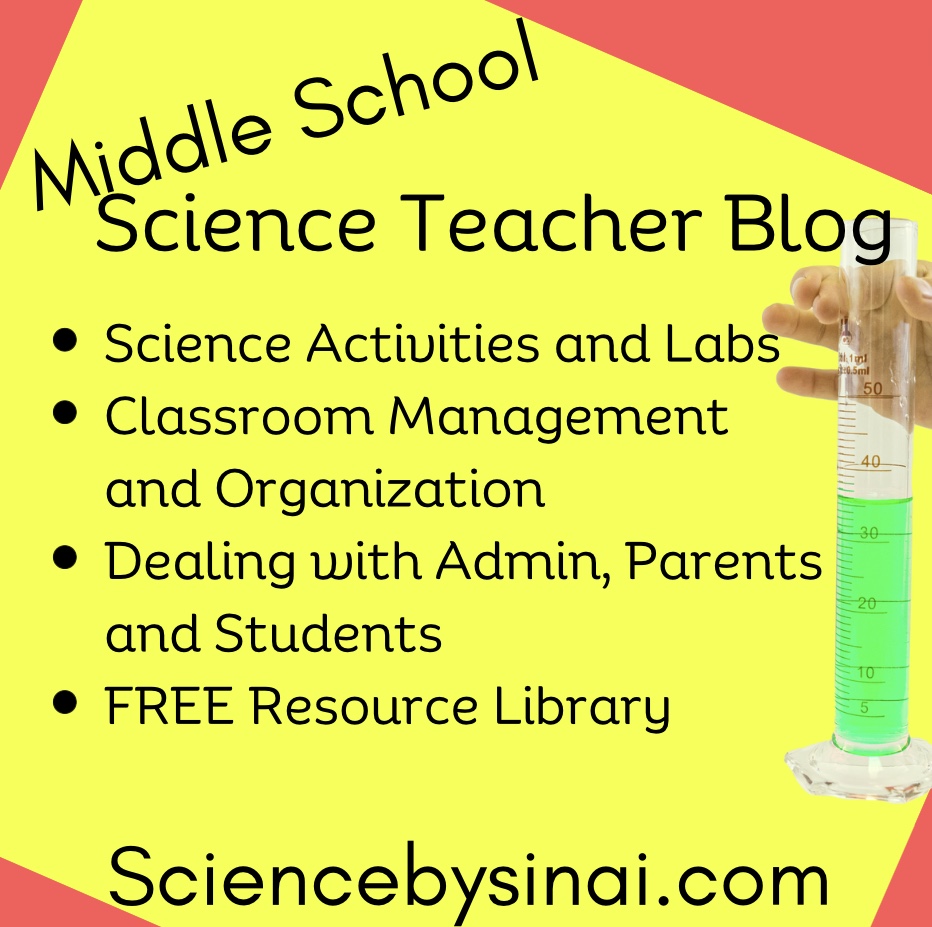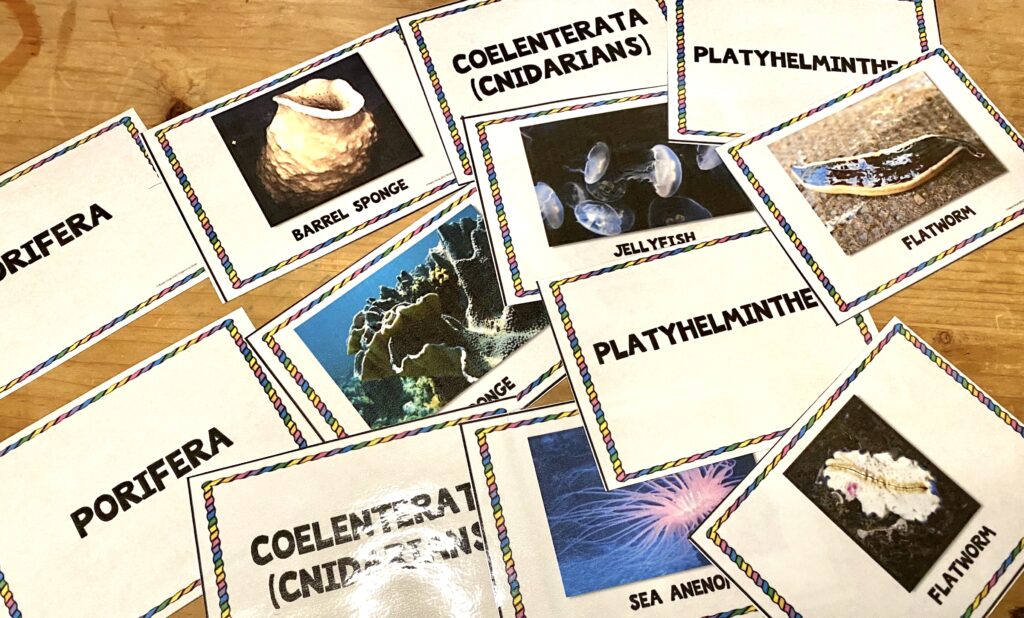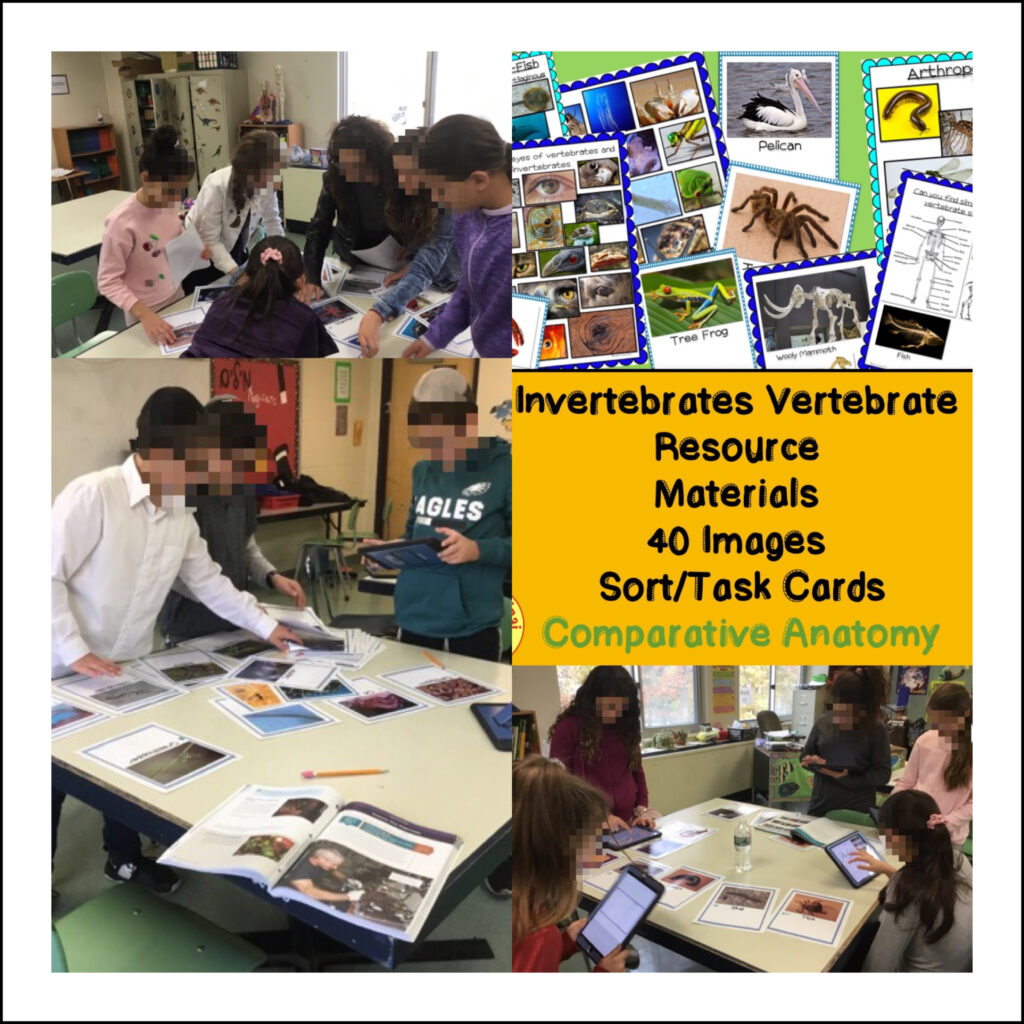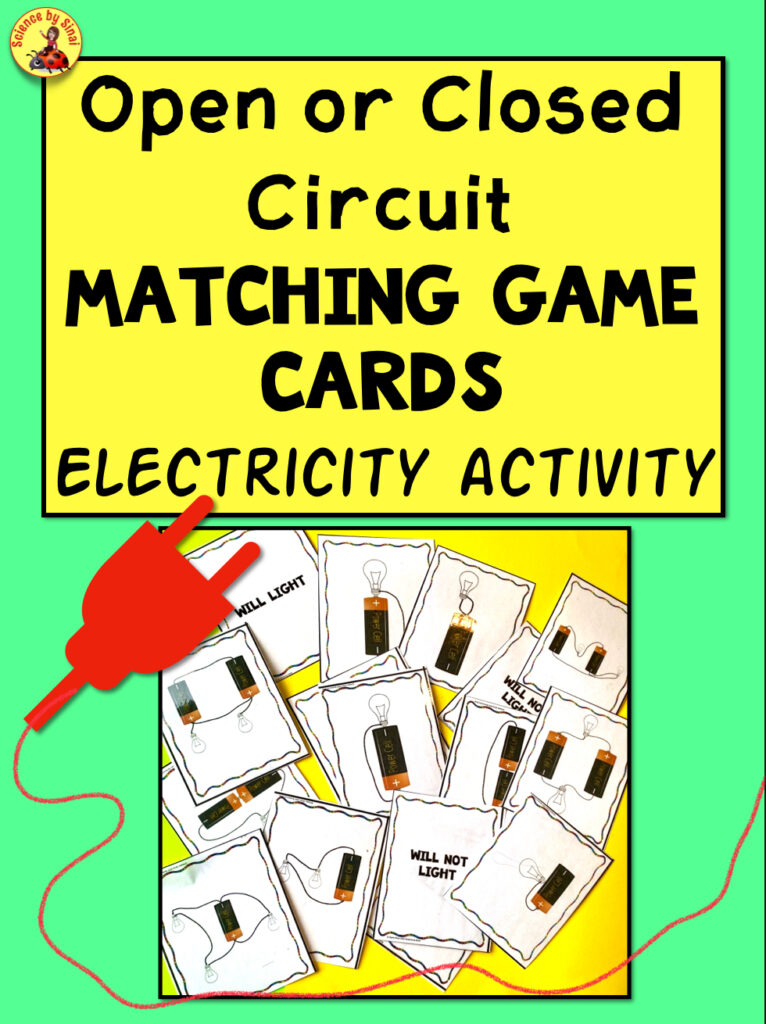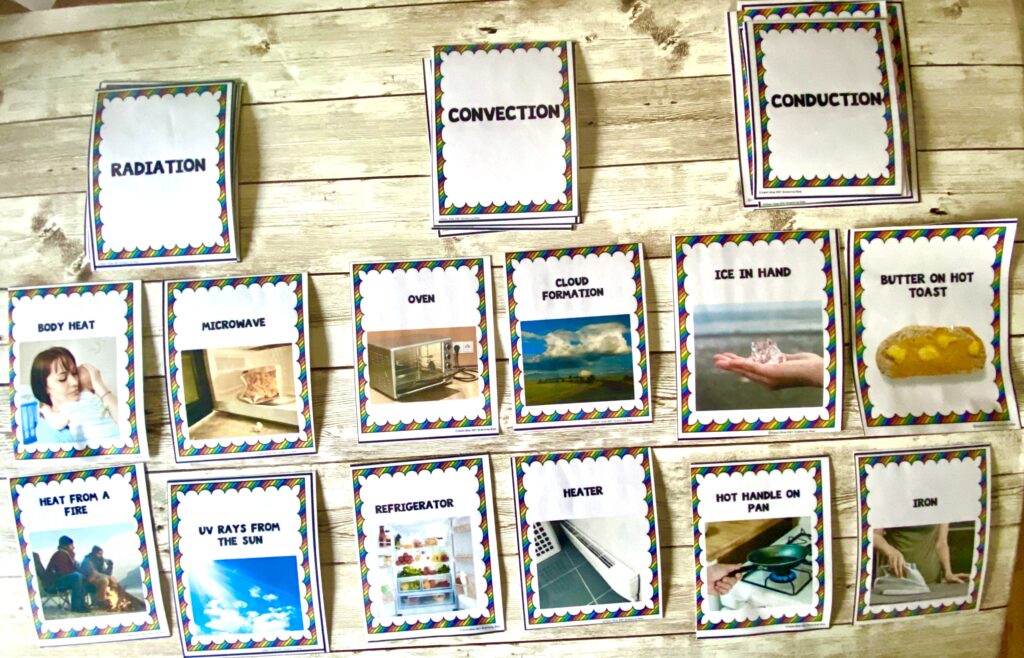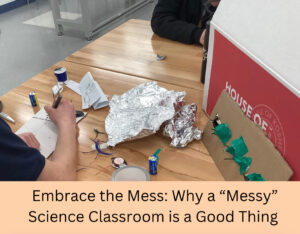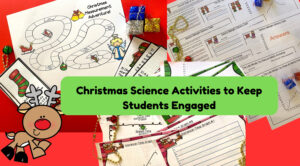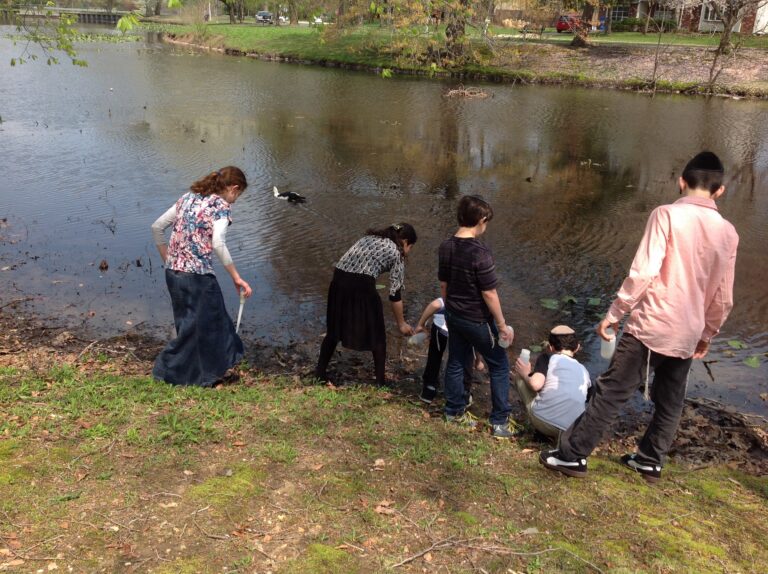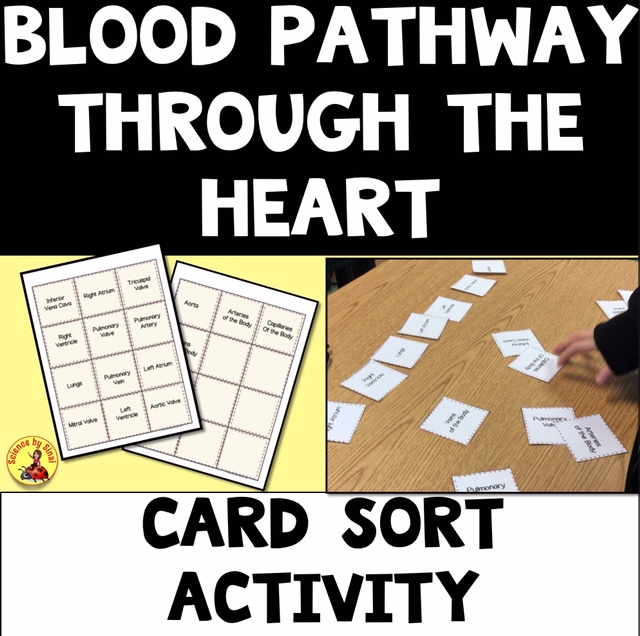12 Ways to Use Sort Cards in the Science Classroom
Do you need some ways to use sort cards in the science room to get the students engaged while learning concepts?
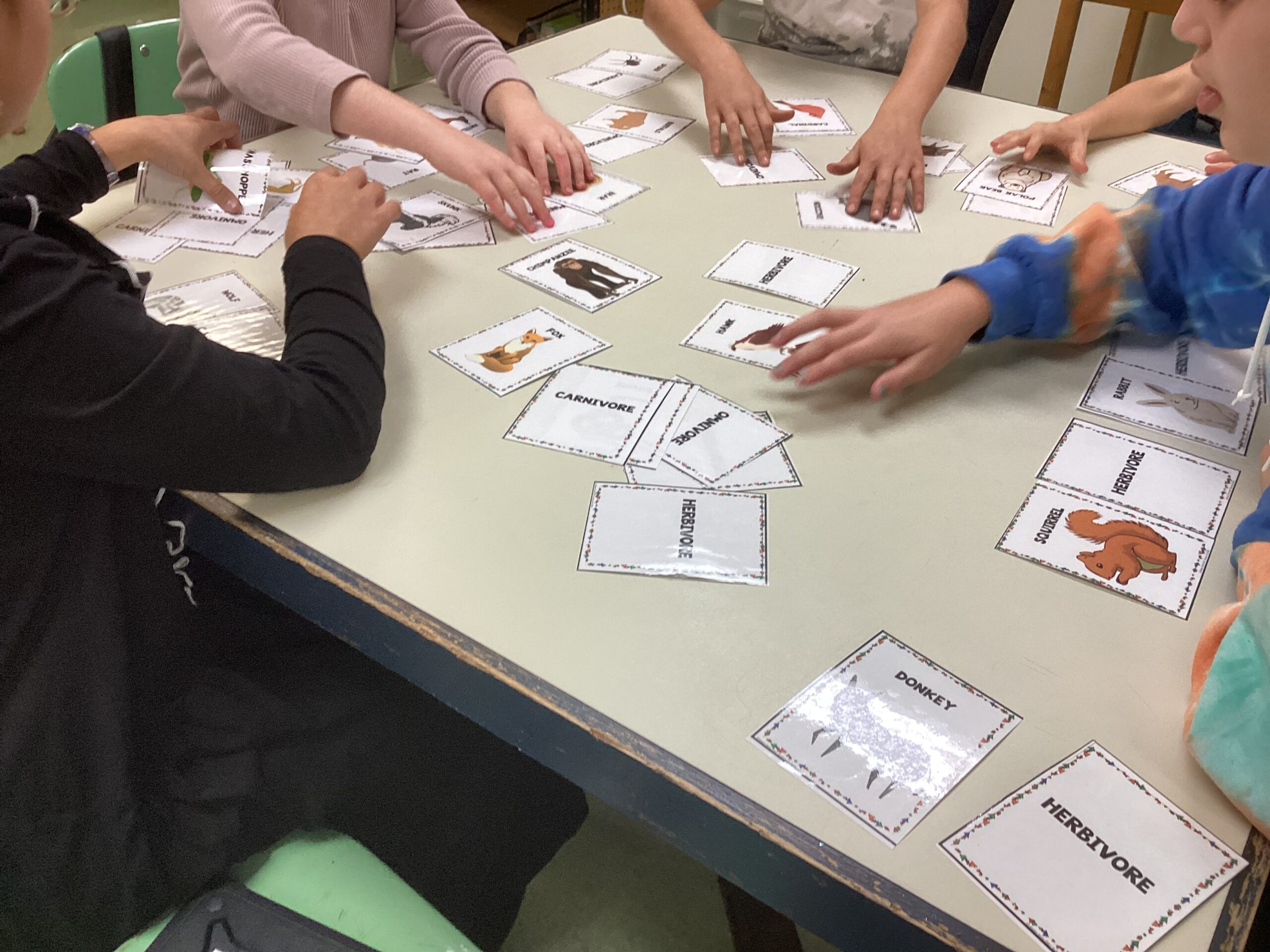
12 Ways to Use Sort Cards in the Science Classroom
Updated January 2024
I used to believe that matching sort game cards were for the younger classes. Once I started using them with my middle school students, I really saw their huge potential. After using them for years, I put together 12 ways you can use them to enhance your science curriculum.
1.Interactive Warm-Ups
Start your class off with matching card bell ringers. What could be better than engaging your students right from the beginning of class? This active movement energizes the classroom and sets a fun and positive tone. Students seem to love the challenge and having something in their hands to start learning.
I have also set the cards up as a gallery walk where the matching pair is in the room somewhere. This makes students get up out of their seats to go find their match. They are also a fun way to create partners for an activity that I will be doing that day. Each student is given 1/2 of a pair and they need to go find the matching pair.
I particularly like to use my mystery matching cards for warm-ups. For example, I have a description about an animal with special(and weird) senses and the students need to figure out which picture matches it. When learning about dimorphism, which is the difference between male and female animals, I give them a description and they must figure out the corresponding animal.
2.Collaborative Group Activities
Break your students into groups and give them a set of cards that they’ll match with each other’s help. This is going to set up some good discussions, foster teamwork and encourage collaborative working. With some of my bigger card sets, it can be a challenge for one student to work on, so it is perfect for a pair or a group of three. I like having sets where the students need to debate the possible answers. Examples of this would be the physical vs. chemical changes and types of rocks.
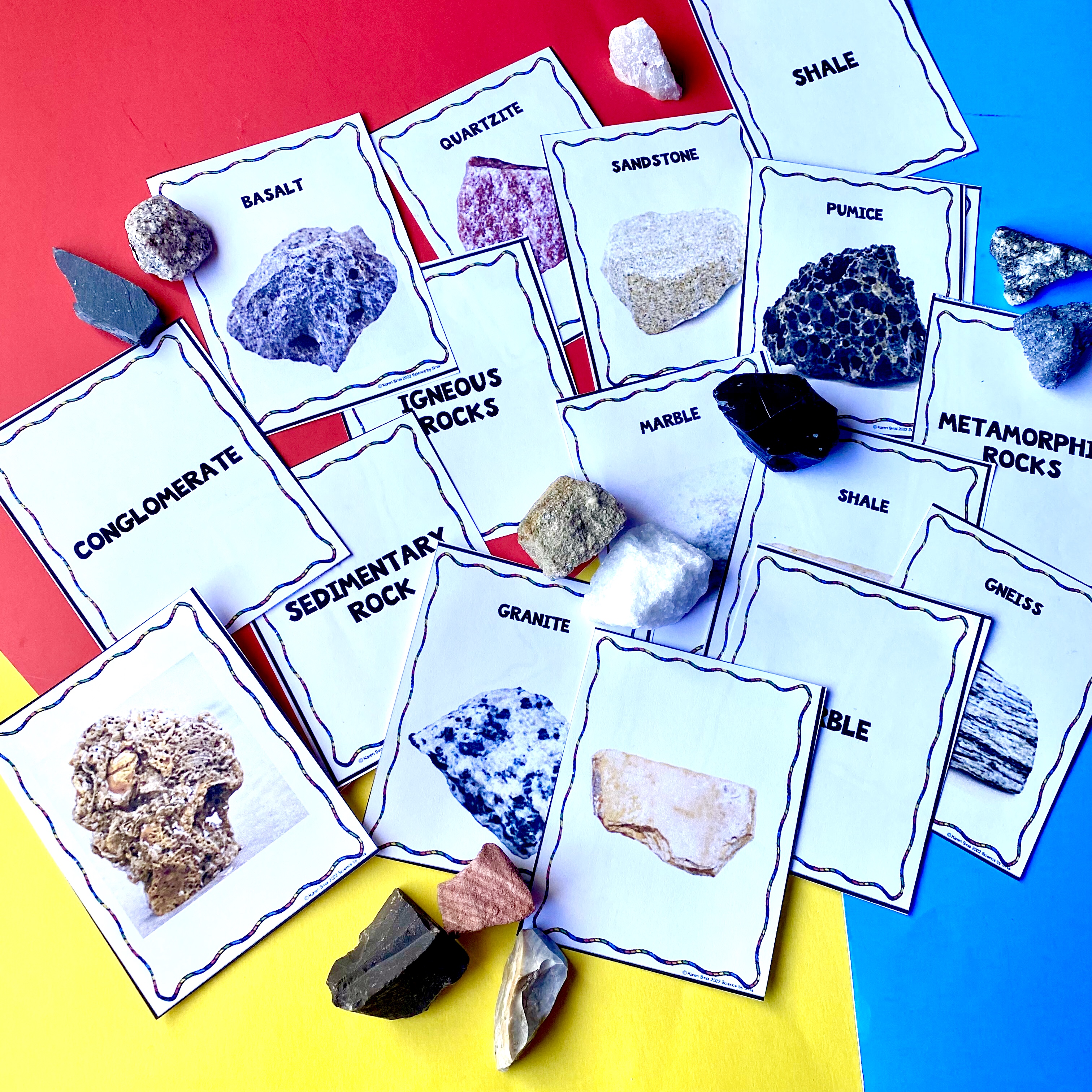
3.Gamify Learning
Who doesn’t like games? Students innately love challenges and competitions so it is already a win-win situation before the games begin! You can set these up with any matching game such as Concentration/Memory or Go Fish. You could even have a timed matching competition
Students can run a relay race where you give a card to one of the racers and they run down and try to find the match as fast as possible. As an extra challenge, you can mix up two matching card sets that have similar topics. I do this with my animal courtship behavior cards and animal dimorphism cards.(Animal Courtship Behavior Activities for Valentine’s Day).
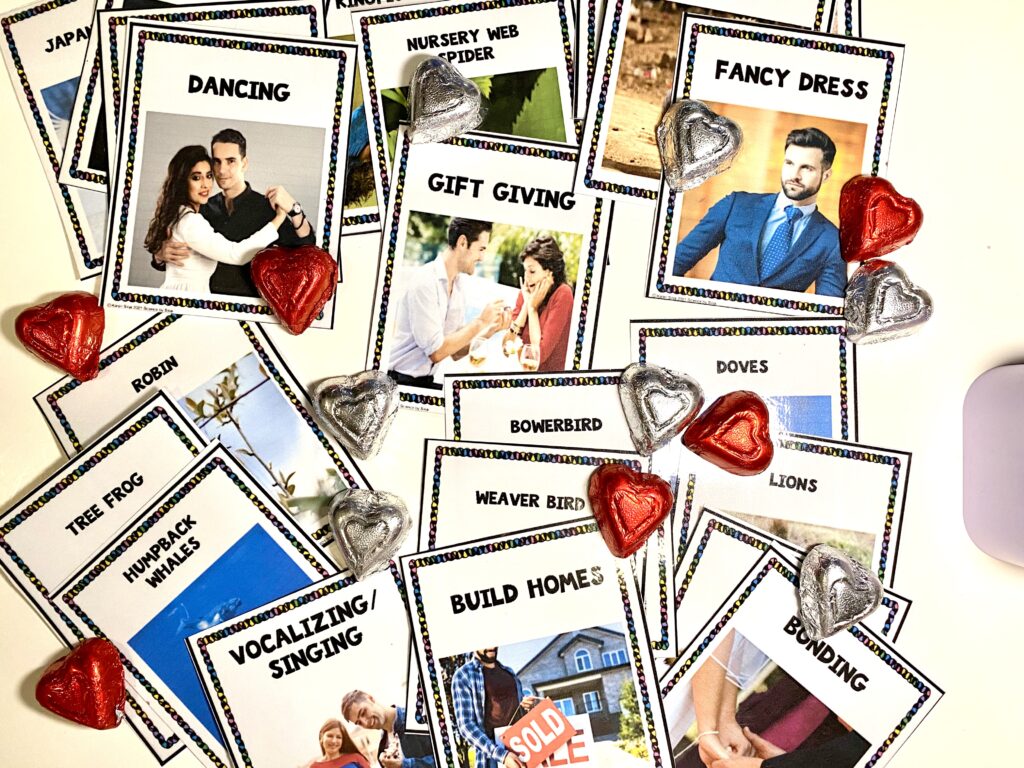
4.Critical Thinking Challenges
Sometimes we want the students to spend a bit more time with some higher level thinking rather than a quick match. One example is my plate boundaries card set. Students look at different places on a world map, or images of landforms, on one side of the pair and then they have to decide if they are seeing a diverging, convergent or transform fault in action. I tell the students that they need to be able to defend their decisions when it comes to their matching pairs. (Move the Plates! Teaching Plate Tectonics is Fun)
During our unit on forces and motion, I use images of distance-time graphs and have them match them to the corresponding statements. This is not a quick match, they need to sit and think about them.
5.Add to Interactive Notebooks
Sort cards can be used in student interactive notebooks by having them glue them in the appropriate sections.(I use digital notebooks so they either take pictures and place them in their notebooks or I send it to them digitally to add). Now students have an interactive resource that they can refer to throughout the whole unit.
While learning the body organs, students can paste the matching cards into different sections for each organ. As we cover the levels in food chains, students can glue the cards in the correct order of producer, first consumer, second consumer and top consumer. We look at the deciduous forest, tundra, rainforest, desert, savanna or ocean.(How To Make Food Webs Interactive and Fun!)
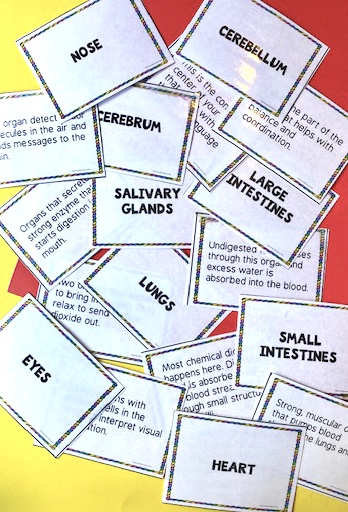
6.Self Paced Learning
Giving a set of cards to an individual for self-paced learning is probably one of my favorite uses of matching cards. This could be at a station in your room for a student who needs some extra help to solidify the concepts. They can work through the cards independently at their own pace without competitive pressure.
I have also broken card sets in half for students who would be overwhelmed by having an entire set at once.
Organizing the animal kingdom into the different Phyla, as part of the NGSS MS-LS1-4, takes a lot of review and reinforcement to learn. One of the sets that I put aside for self-paced learning is the animal classification set and the invertebrates and vertebrates images.
7.Preparation For An Upcoming Lab
Whenever I am doing a lab that will take the entire class period I always give the students the procedure to read the evening before. If the procedure is quite complex, such as my pullback car lab or acceleration lab, I may have the students lay out the steps on file cards in the correct order. This helps them to see the sequence of the scientific procedure. This helps so much with keeping the students from asking me over and over to ask what to do next.(Make Speed and Acceleration Labs Fun with Pullback Cars!)
8.Real World Applications
I’m a big advocate of students analyzing a real world photograph and tying it into our unit. They use their knowledge to analyze what they are seeing. Everything we can do to make science pertain to students’ everyday life is a bonus!
For example, my friction type set has images where the students must decide which type of friction is being depicted. There may be multiple types in one photograph.
I have another set for the laws of motion. Again, there could be multiple laws in the same photograph and students must defend their choices.
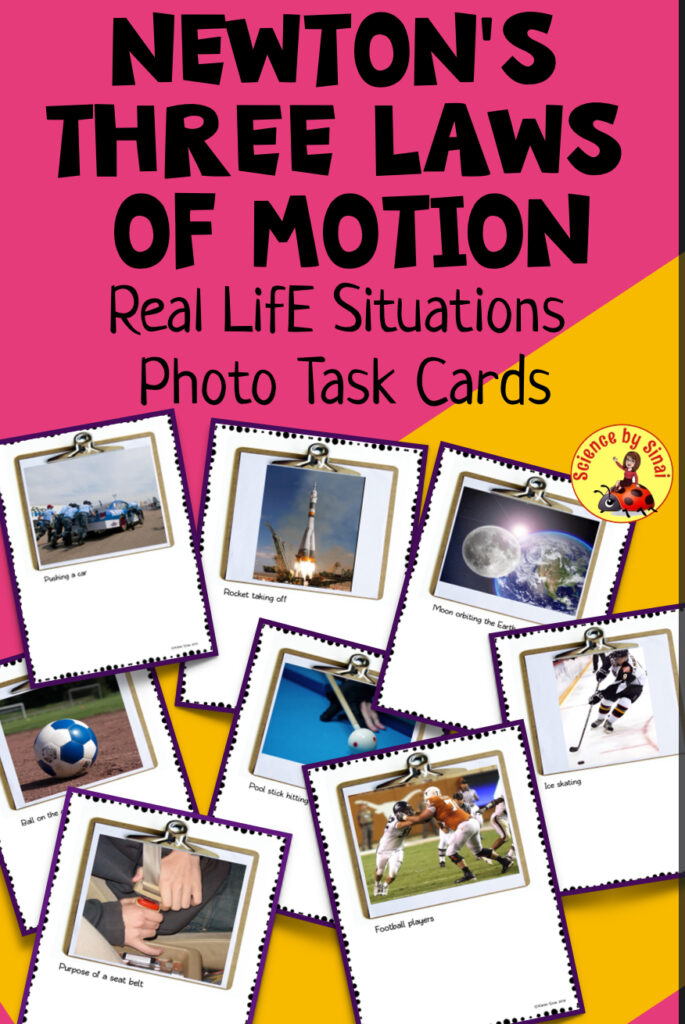
9.Interactive Whiteboard Activities
Using an interactive whiteboard, or with individual devices, students can match cards digitally. They drag and drop the cards to create matches. This is a super activity for early finishers.
An example is dragging the invertebrates and vertebrates to their different phylum and classes or dragging descriptions of plant adaptations to images of the plants exhibiting that adaptation.
10.Peer Teaching
Students create their own sets of cards from the unit they are learning. They can work in groups or individually and then challenge another group of peers. I’ve had students make sets representing the three main types of clouds, the bones of the body, pictures of local animals and plants, etc. They love taking ownership of their own learning!
11.Formative Assessment
I have used card sets in place of quizzes as they rotate through centers. This is a great way to assess the individual or classwide comprehension levels. I will quite often put images from the matching cards on the written test. If the students are working quietly, I may have one student come up and do some matching cards in front of me to get a look at comprehension.
12.Exit Tickets
You can finish off your lesson with some sort cards as exit tickets. Distribute a few cards related to the content of the day and the students need to match them before leaving the classroom. This quick knowledge check helps reinforce learning and gives you valuable feedback for the next day’s instruction.
Heat transfer seems to be a difficult topic for many students to apply to real world situations so I distribute the cards throughout that unit to help solidify the points.
When reviewing reading an analog clock, during my beginning of the year measurement unit, I like to hand the students the matching clock cards and simply say to them “what time is it?”
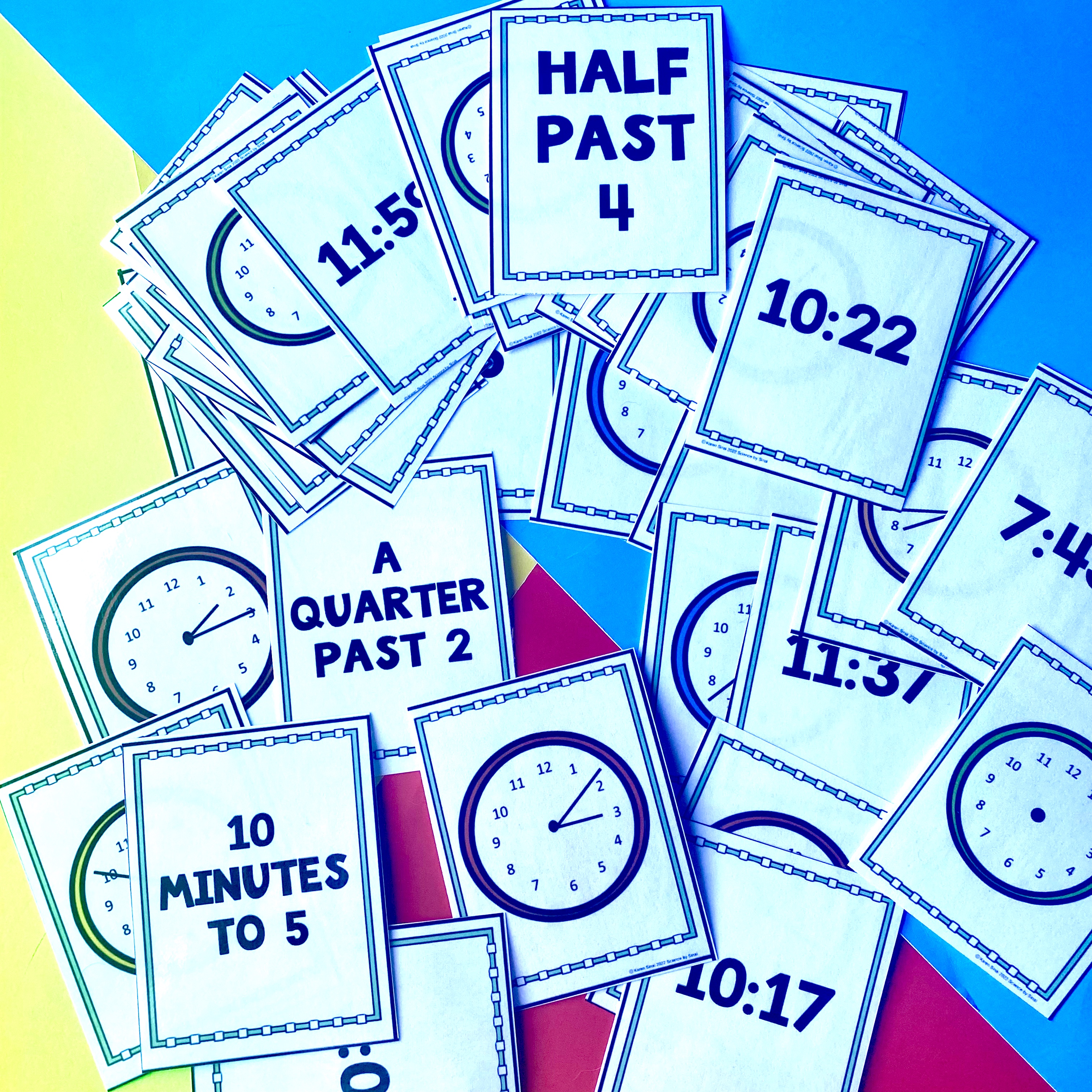
Conclusion
Since I started using these cards, I have found that differentiated teaching is so much easier, setting up centers is a breeze and students really do enjoy them. Any gamification that you can add to your classroom is a bonus with students who have relatively short attention spans now.
Please visit my Teachers Pay Teachers-Science by Sinai store for lots of examples of matching sort game cards. As always, I’m here if you need any help or questions answered.


